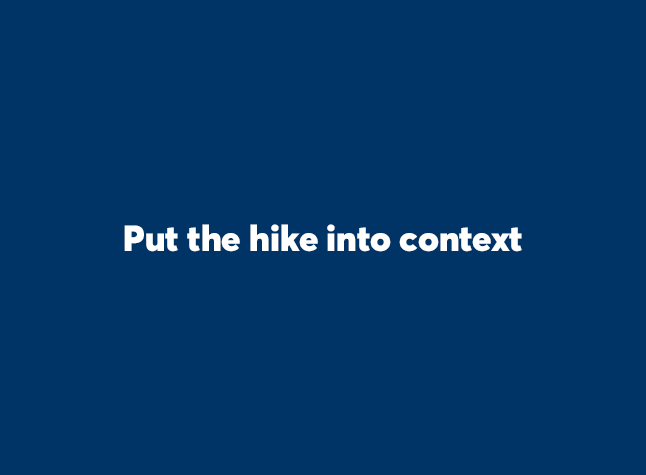

They should remember this is only the overnight interest rate and nothing more.
An eventual increase in the federal funds rate is likely already priced into the stock and bond markets. If clients want to invest based on what experts are telling us will happen to rates, I caution them about following the herd. That typically doesn'tt end very well."
Allan S. Roth, Financial Planning contributing writer and founder of Wealth Logic in Colorado Springs, Colo.

Tom Roseen, head of research services, Lipper

Kimberly Foss, Financial Planning contributing writer, president and founder of Empyrion Wealth Management

Ginger Snyder of 360 Wealth Management of Raymond James

Greg Onken, an advisor with J.P. Morgan Securities in San Francisco

Anthony Valeri, investment strategist at LPL

"In terms of stocks to avoid, it's companies with lots of floating-rate debt, since their financing costs are likely to increase once the Fed finally moves away from zero bounds interest rates."
Goldman Sachs economists, reported by Bloomberg News





